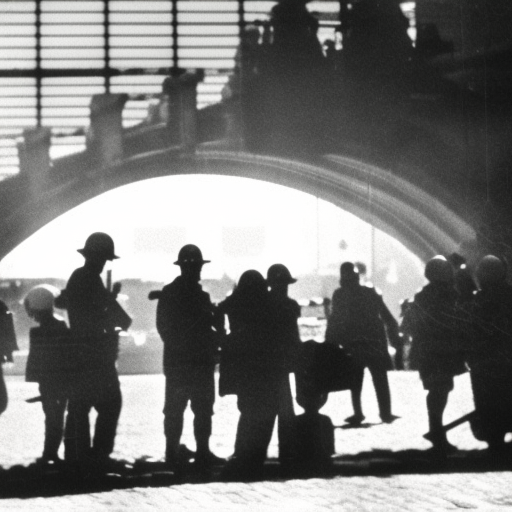Siege of Barcelona: Catalonia’s Fight for Independence
The Siege of Barcelona was a significant event that took place during the War of Spanish Succession in the early 18th century. It marked a crucial moment in Catalonia’s struggle for independence from the Spanish crown. The siege lasted from July 1697 to October 1697 and resulted in the surrender of the Catalan forces to the Bourbon army.
Background
The War of Spanish Succession was a conflict fought between two claimants to the Spanish throne: the Bourbon candidate, Philip V, and the Habsburg candidate, Archduke Charles. Catalonia, a region in northeastern Spain, had a long history of self-governance and was fiercely opposed to Philip V’s centralizing policies. The Catalans supported Archduke Charles and his promise to respect their autonomy.
The Siege
In July 1697, the Bourbon army, led by the Duke of Noailles, laid siege to Barcelona, the capital of Catalonia. The city was well-fortified and defended by a Catalan army under the command of General Antonio de Villarroel. The siege lasted for three months and was characterized by intense fighting and heavy bombardment.
The Bourbon army employed various tactics to weaken the Catalan defenses, including digging trenches and constructing batteries to bombard the city walls. They also blockaded the port of Barcelona, cutting off the city’s supply lines. Despite these challenges, the Catalan defenders put up a fierce resistance, inflicting heavy casualties on the Bourbon forces.
The Surrender
By October 1697, the situation in Barcelona had become dire for the Catalans. The city was running out of supplies, and the Bourbon army had made significant progress in breaching the city walls. General Villarroel, realizing that further resistance was futile, negotiated the terms of surrender with the Duke of Noailles.
The terms of surrender were relatively lenient compared to other sieges of the time. The Catalans were allowed to retain their privileges and rights, including their self-governing institutions. However, they were required to swear allegiance to Philip V and accept his authority as the King of Spain.
Aftermath
The surrender of Barcelona marked a turning point in the War of Spanish Succession. With the fall of the city, Philip V solidified his control over Catalonia and began implementing centralizing policies that eroded Catalan autonomy. The Catalan institutions were gradually dismantled, and the region’s unique legal and political system was replaced with Spanish laws and governance.
The Siege of Barcelona had a lasting impact on Catalonia’s fight for independence. It became a symbol of Catalan resistance against Spanish centralization and served as a rallying cry for future independence movements. The memory of the siege and the subsequent loss of autonomy fueled Catalan nationalism and contributed to ongoing tensions between Catalonia and the Spanish state.
In conclusion, the Siege of Barcelona was a pivotal event in Catalonia’s struggle for independence during the War of Spanish Succession. The Catalan defenders put up a valiant fight but ultimately surrendered to the Bourbon army. The siege marked the beginning of a period of centralization and suppression of Catalan autonomy by the Spanish crown. The memory of the siege continues to shape Catalan identity and fuel aspirations for independence.












